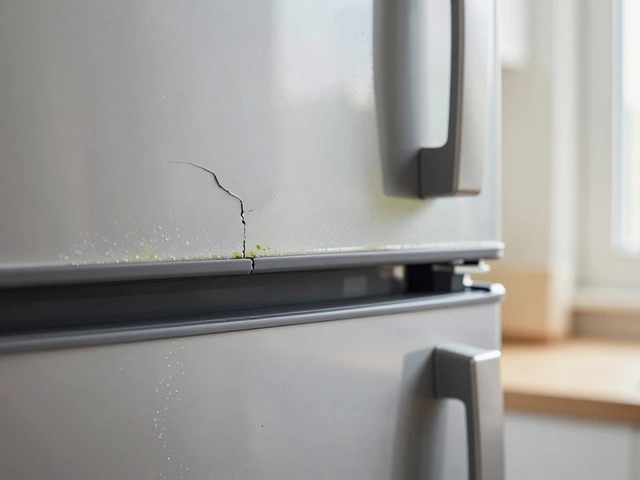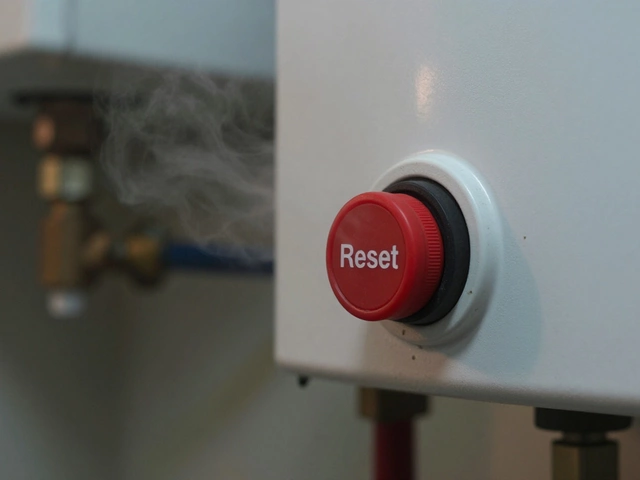Hot Water Heater Repair – Expert Tips & DIY Guide
When you need hot water heater repair, the first thing to do is understand what you’re dealing with. Hot water heater repair means diagnosing, fixing, and maintaining the household unit that supplies hot water for showers, sinks, and appliances. Also known as water heater service, it often starts with checking the thermostat the control that sets the desired water temperature and inspecting the pressure valve a safety component that releases excess pressure to prevent damage. Those two parts alone can explain most temperature swings.
Hot water heater repair encompasses spotting why water isn’t hot, why it’s too hot, or why the heater makes odd noises. In many cases the culprit is a faulty thermostat that’s sending the wrong signal, or a blocked pressure valve that shuts the system down. Knowing this helps you narrow down the problem before you call a pro.
Common Issues and How to Fix Them
One frequent issue is a sudden loss of hot water. Plumbing the network of pipes that carries water to and from the heater can develop sediment buildup, restricting flow and causing the heater to overheat. A simple flush of the system can clear the debris and restore normal operation. If the water stays lukewarm, the thermostat is likely misreading the temperature—adjust or replace it, and you’ll see an immediate improvement.
Another typical problem is strange noises—popping or rumbling sounds. Those noises usually mean mineral deposits have built up inside the tank, causing the heating element to overheat in spots. Draining the tank and cleaning the element removes the deposits. At the same time, check the pressure valve; if it’s stuck, it can cause pressure spikes that make the heater noisy.
Cold showers in the morning? That’s often a sign of a failing heater element the component that converts electricity or gas into heat. When the element cracks, it can’t heat water efficiently. A quick test with a multimeter tells you if it’s still working. Replacing the element is usually cheap and restores full heating power.
Hot water heater repair requires a basic understanding of how these parts interact. For example, the thermostat tells the element when to turn on, while the pressure valve watches for dangerous pressure levels. If either part fails, the whole system stops working correctly. By checking them in order—thermostat, element, then valve—you can troubleshoot methodically.
Energy bills can spike if the heater runs constantly. This often happens when the thermostat is set too high or is faulty, causing the heater to overwork. Lower the thermostat to around 120°F (49°C) and monitor usage. You’ll save money and still enjoy comfortable showers.
In older homes, the water heater might be a gas‑fired boiler rather than an electric tank. The principles stay the same, but you’ll also need to look at the gas supply line and the venting system. A blocked vent can cause dangerous carbon monoxide buildup, so always ensure proper airflow.
When you’ve ruled out simple fixes, it’s time to consider professional help. A certified technician can diagnose hidden issues like corroded anode rods, which protect the tank from rust. Replacing the anode rod extends the heater’s life and prevents costly leaks.
Whether you’re a DIY enthusiast or just want to know what’s going on, understanding the key components—thermostat, pressure valve, plumbing, and heating element—gives you confidence. You’ll know when a quick fix will do and when a professional’s expertise is truly needed.
Below you’ll find a curated collection of articles that dive deeper into each of these topics, offering step‑by‑step guides, cost breakdowns, and safety tips to keep your hot water flowing without hassle.


